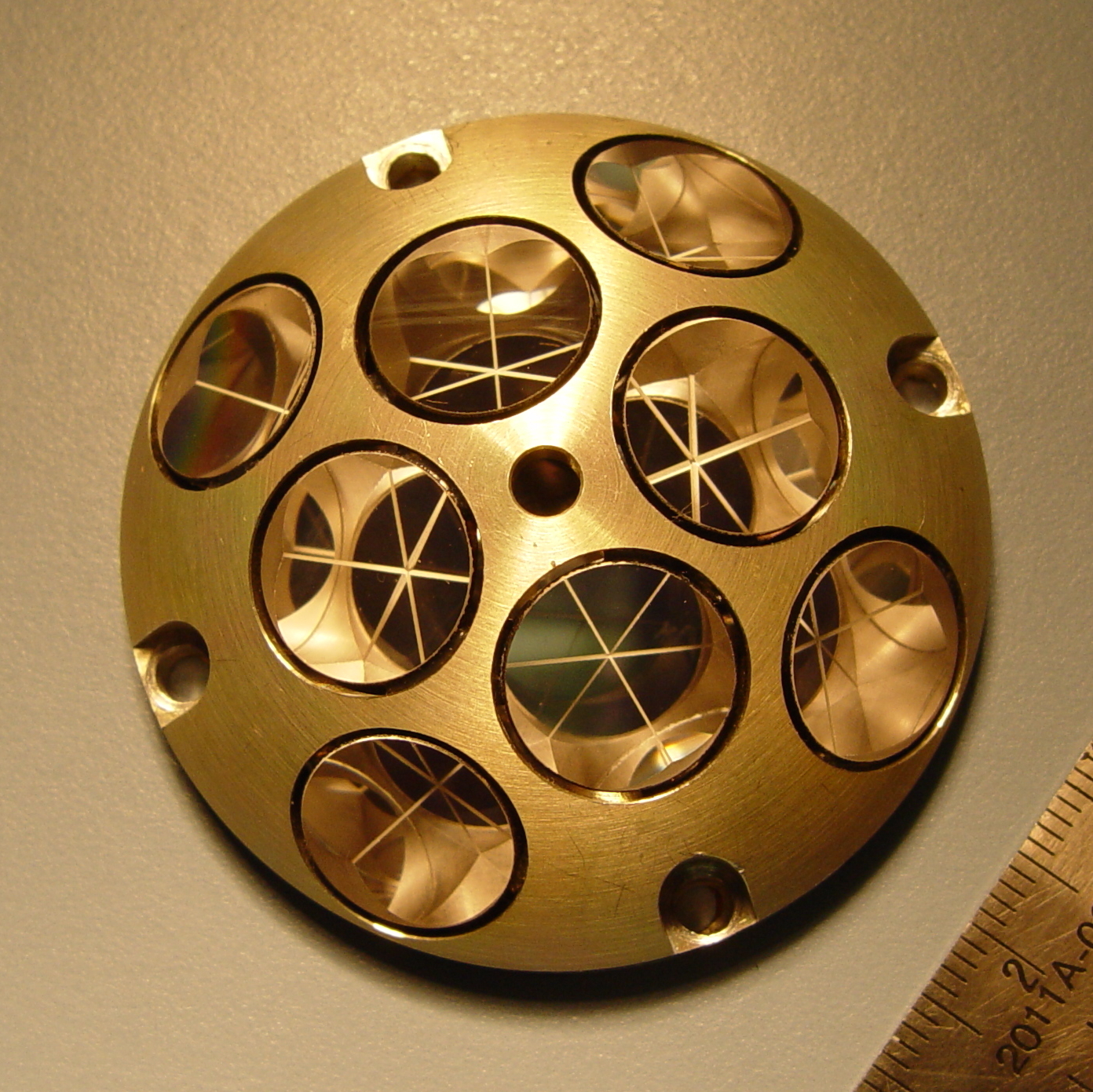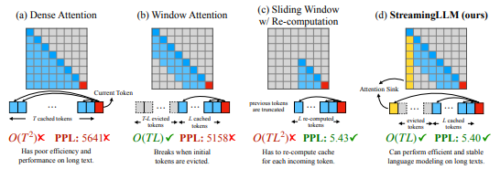2024-02-13 テキサス大学オースチン校(UT Austin)
<関連情報>
- https://news.utexas.edu/2024/02/13/discovery-of-unexpected-ultramassive-galaxies-may-not-rewrite-cosmology-but-still-leaves-questions/
- https://journals.aps.org/prl/abstract/10.1103/PhysRevLett.132.061002
ハッブル宇宙望遠鏡(HST)による超巨大銀河と初期宇宙の宇宙論への洞察 Insights from HST into Ultramassive Galaxies and Early-Universe Cosmology
Nashwan Sabti, Julian B. Muñoz, and Marc Kamionkowski
Physical Review Letters Published 9 February 2024
DOI:https://doi.org/10.1103/PhysRevLett.132.061002
ABSTRACT
The early-science observations made by the James Webb Space Telescope (JWST) have revealed an excess of ultramassive galaxy candidates that appear to challenge the standard cosmological model (ΛCDM). Here, we argue that any modifications to ΛCDM that can produce such ultramassive galaxies in the early Universe would also affect the UV galaxy luminosity function (UV LF) inferred from the Hubble Space Telescope (HST). The UV LF covers the same redshifts (z≈7–10) and host-halo masses (Mh≈1010–1012M⊙) as the JWST candidates, but tracks star-formation rate rather than stellar mass. We consider beyond-ΛCDM power-spectrum enhancements and show that any departure large enough to reproduce the abundance of ultramassive JWST candidates is in conflict with the HST data. Our analysis, therefore, severely disfavors a cosmological explanation for the JWST abundance problem. Looking ahead, we determine the maximum allowable stellar-mass function and provide projections for the high-z UV LF given our constraints on cosmology from current HST data.



